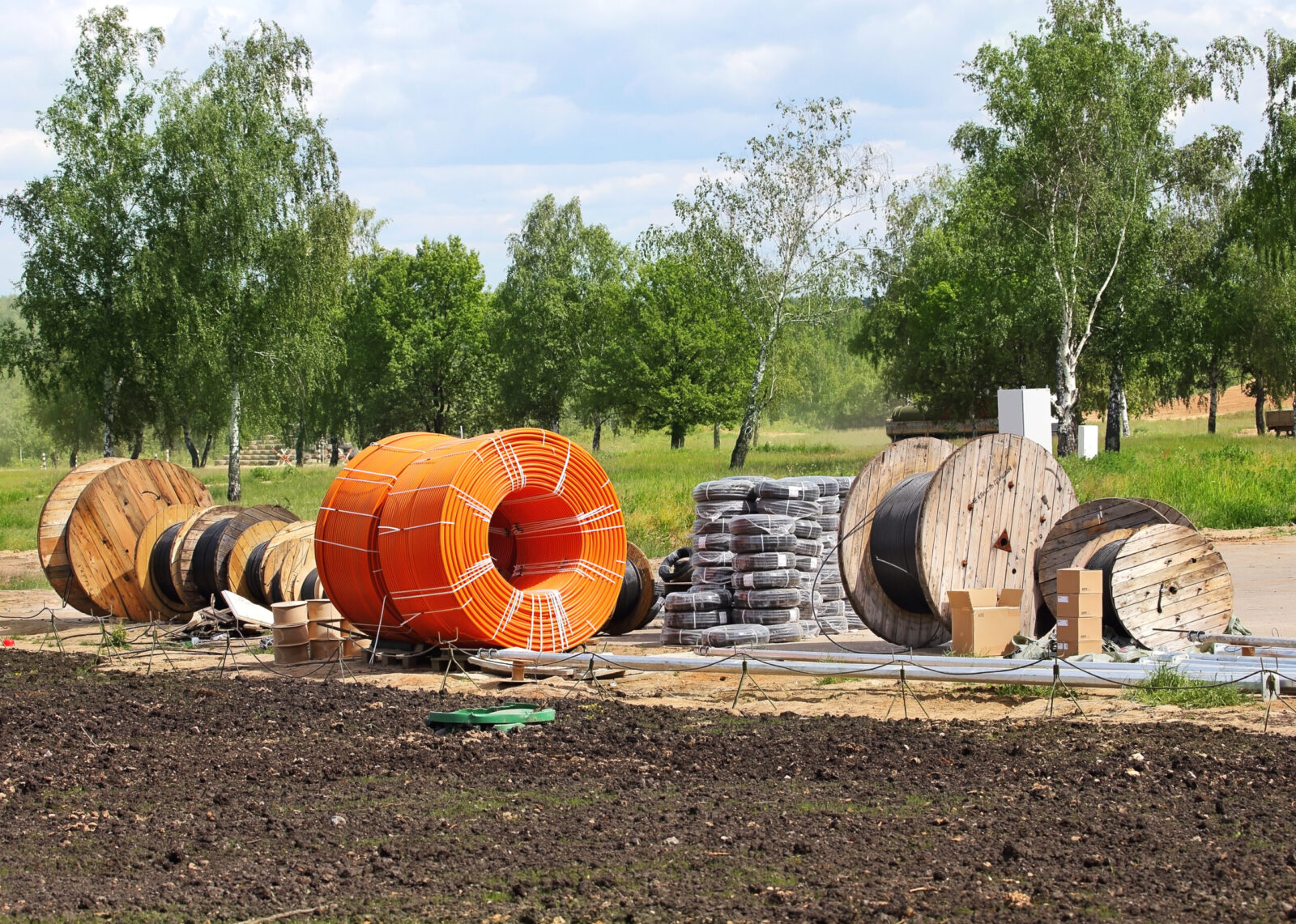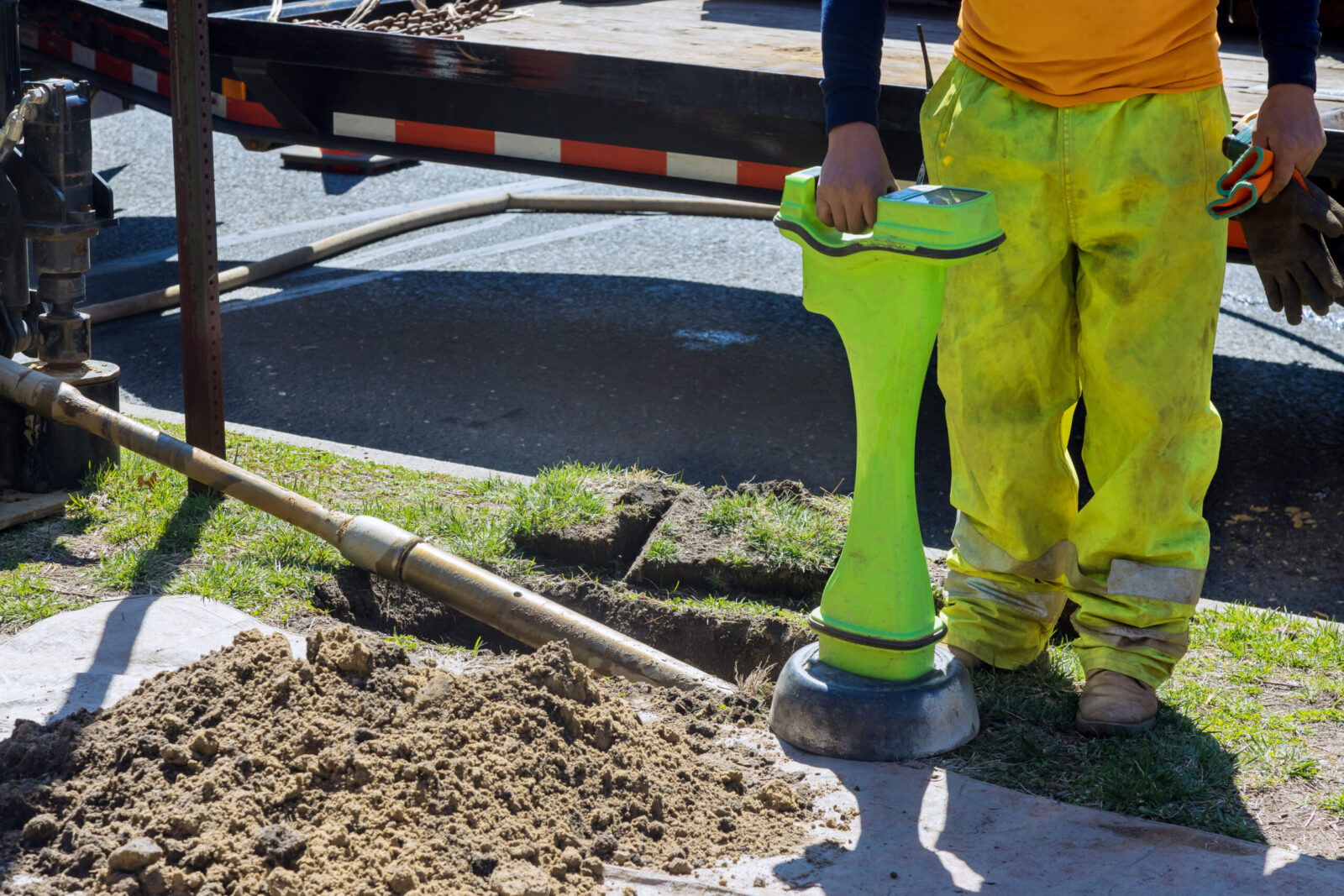3 Barriers to Building a Dark Fiber Network
HELP CUSTOMERS GET THE MOST FROM THIS BURIED TREASURE
By Jacob Guthridge, NTI Project Manager and Greg Spraetz, CRO
Today, AI and machine learning are more than innovations, they are voracious bandwidth consumers that push the performance boundaries of the infrastructures that support them.
Hyperscale cloud providers and network carriers are under pressure to provide the high-bandwidth, low-latency connections their customers need to get the most from these technologies. In response they’re leveraging dark fiber networks as an alternative to purchasing lit strands from carriers, as they’ve done in past.
Growth figures reflect this shift and the revenue opportunities for dark fiber providers. In 2022, the global dark fiber market was estimated to be USD 6.14 billion. By 2032, it’s projected to rise to 20.95 billion.
Bryan McCombs of Critical Infrastructure Partners (CIP), a dark fiber provider, agrees there is a staggering demand for it, with more underground fiber being put into the ground now than ever before.
“Dark fiber is the ideal solution for dealing with massive amounts of data that has to traverse between two or more sites,” he says. “It’s the absolute gold standard for delivering the low-latency solutions hyperscalers and carriers need.”

Dark fiber network benefits and barriers
As a dedicated connection, dark fiber is more reliable because customers no longer have to compete for bandwidth or capacity. It also offers more control and security, since customers manage it end-to-end on their own.
Although Data Center Post called dark fiber a “hidden gem” and the optimal choice for transporting the complex, intensive workloads of AI and machine learning, there are barriers to delivering that value.
For dark fiber providers, these include designing intelligent and diverse fiber routes for data to travel, dealing with rocky terrains and gaining right of way (ROW) permissions to pass through properties owned by others.
Based on our experience, the three barriers below represent the toughest hurdles in delivering dark fiber connectivity today.
Multiple pathways and parties
If you want to use dark fiber to make the metro or long-haul site-to-site connections your customers need, the most prohibitive factors can be dealing with the multiple different entities, service providers, and physically separate pathways along the way.
It’s not as simple as connecting point A and point B when there are existing overlapping networks and multiple landowners between them. It takes experience and out-of-the-box thinking to navigate those complexities.
That’s why it’s a good idea to start with a feasibility study of the proposed route to evaluate how the network infrastructure has been laid out in the area, as well as the parties involved in granting ROW access.
You may learn that you can run fiber down the median of an interstate where there’s much less rock or map a route that avoids railroad crossings and waterways. You may also be able to choose a path that minimizes the entities who need to grant permits.
By streamlining the design, engineering, and permitting processes, we can help you find the shortest pathway with the fewest roadblocks to reduce capital outlay and implementation time.
Construction equipment and labor shortages
Like any fiber network construction project you undertake, you’ll be challenged with managing the logistics of having everything you need delivered on time. Those difficulties are compounded today by the lack of available trenching, boring, and plowing equipment and the trained workers needed to operate them.
This is especially true in hard-rock environments, like the Blue Ridge Mountains in Virginia. Starting in the fourth quarter of this year, Network Connex will be working with CIP on the Blue Ridge Run Network, a low-latency route spanning 767 miles to bring fiber broadband closer to rural communities in the Southeast region.
“The biggest challenge for us in underground fiber construction is where we’re building,” says McCombs. “It’s largely an all-rock environment, which is very expensive, labor-intensive and time consuming. There’s also limited equipment and operators that work in that medium.”
Network Connex is supporting CIP with feasibility studies, fiber engineering, permitting services, and construction for the Blue Ridge Run Network.
On these and other rugged terrain projects, we use a recently introduced specialty tool to install conduit systems. Called an all-terrain directional drill, the AT120 features the largest inner rod produced to date. Currently, there are only a few of these game-changing machines on the East coast and Network Connex has one of them.

Resource demands during and beyond the build
To ensure the build aligns with the agreed-upon design standards and scope of work, you’ll need eyes onsite along the entire construction route.
Once the fiber is lit and operational, customers will expect regular, on-going route maintenance and management, including quick resolution for any service disruptions. For long-distance dark fiber routes, accidents can occur anywhere along the path, calling for emergency teams to quickly be dispatched to the site to restore connectivity.
Beyond on-going maintenance and crisis management, there can be unforeseen factors that cause additional work for you along the fiber route. Whether it’s the Department of Transportation coming in to widen the road, or a developer coming in to modify the land and add utilities for a new data center build, these new developments can trigger a need for adjustments to the fiber route.
Sometimes, it’s as simple as just moving your cable a foot deeper. Other times, it means building an entirely new conduit pathway and doing a hot cut to transition network traffic to the new cable, which can be a complex and costly relocation project.
Breaking through the barriers
Whether it’s dealing with design, site selection, ROW access, rocky environments, routine maintenance, or recovery services, Network Connex can help you break through barriers to make the most of a dark fiber build.
As a trusted partner to CIP, our services help them get to market faster with the connectivity solutions their customers need.
“For us, Network Connex conducts feasibility studies to identify roadblocks and advises how to mitigate them. From there, they help us with all aspects of a project, from the engineering and permitting process to land use and the right of way agreements needed to make it all happen,” says McCombs. “Their soup-to-nuts approach is a rare thing to find in this industry.”
Find out more about how our fiber design, engineering, construction, and restoration services can help you meet the needs of your customers.